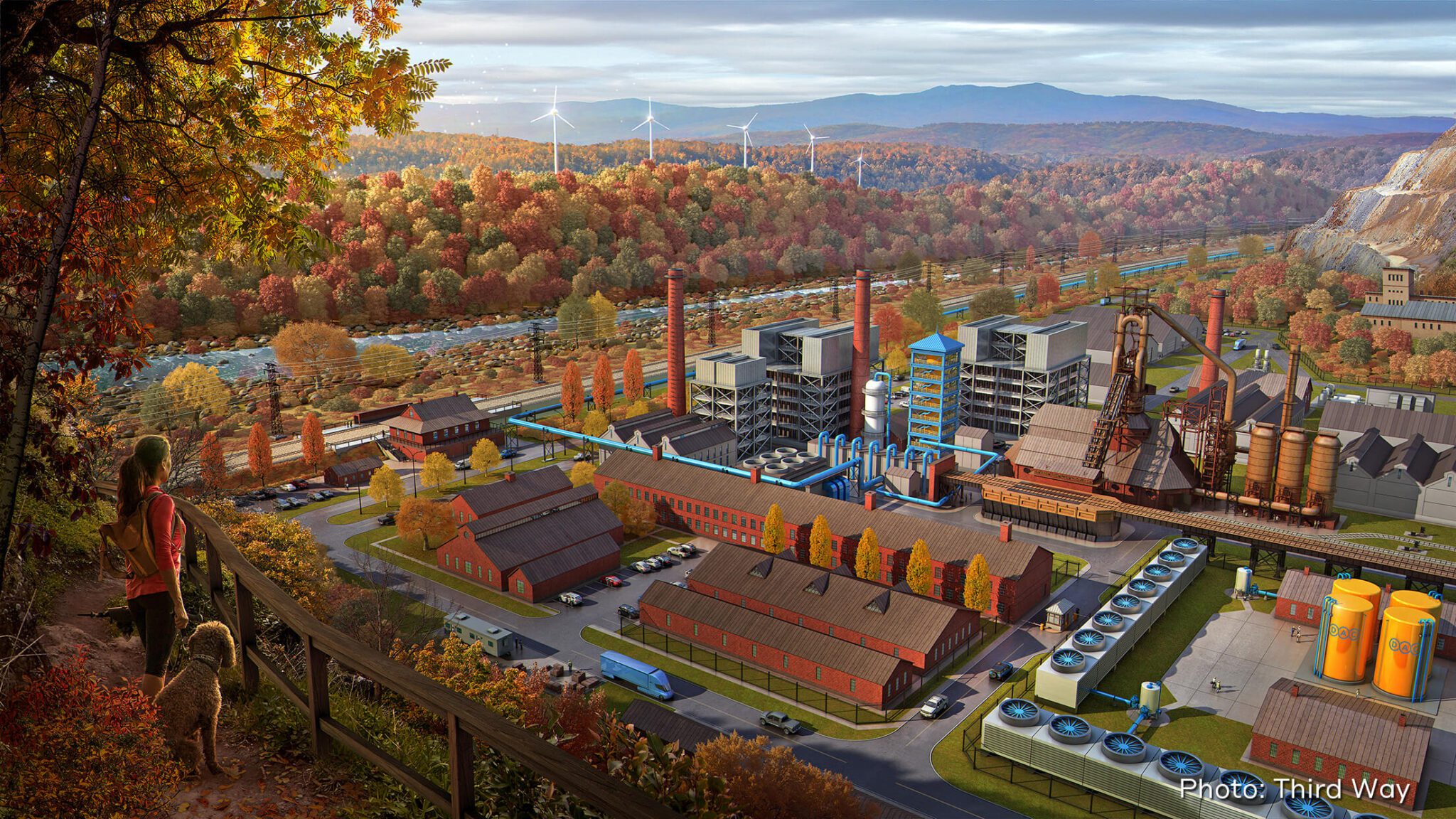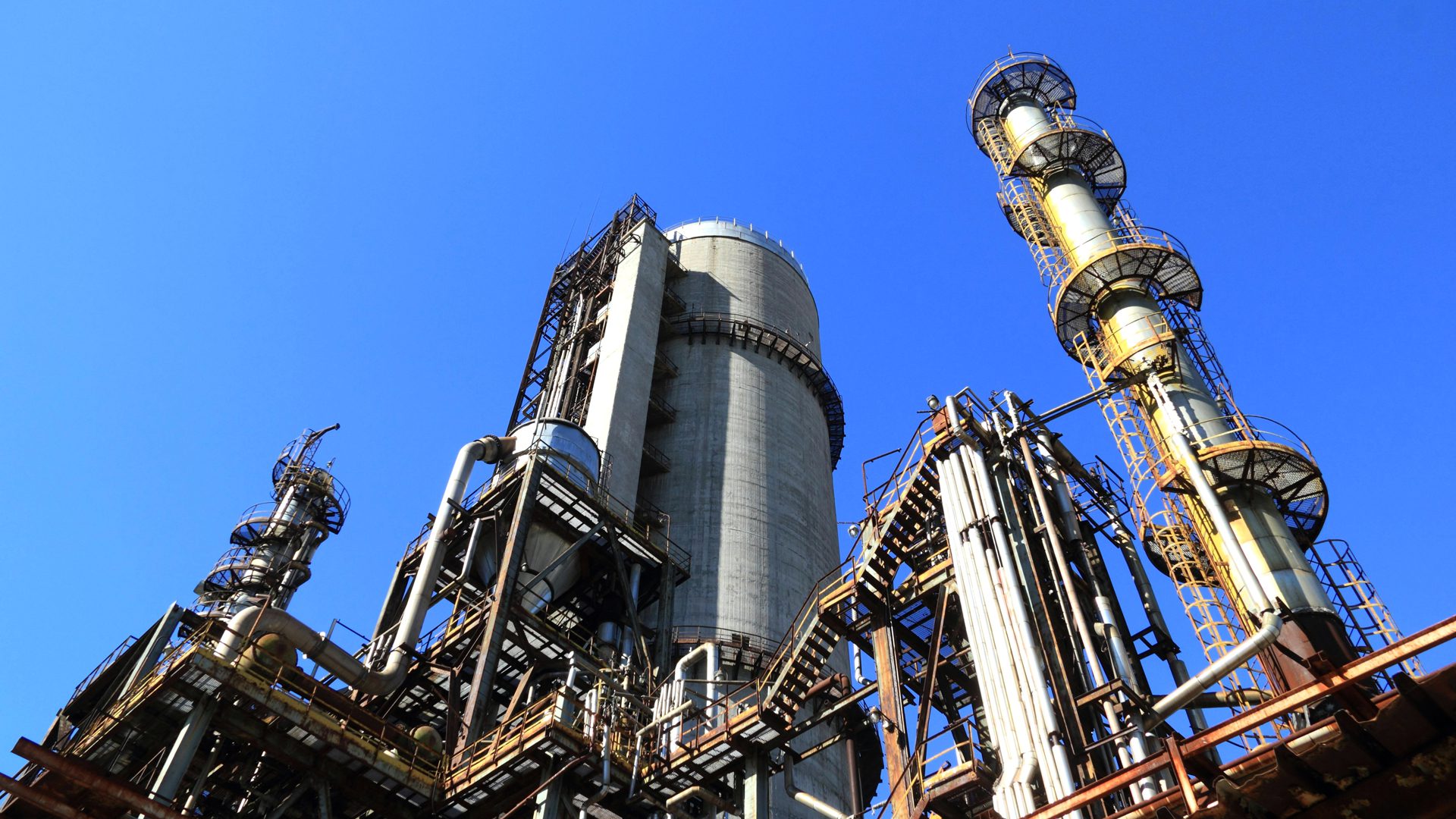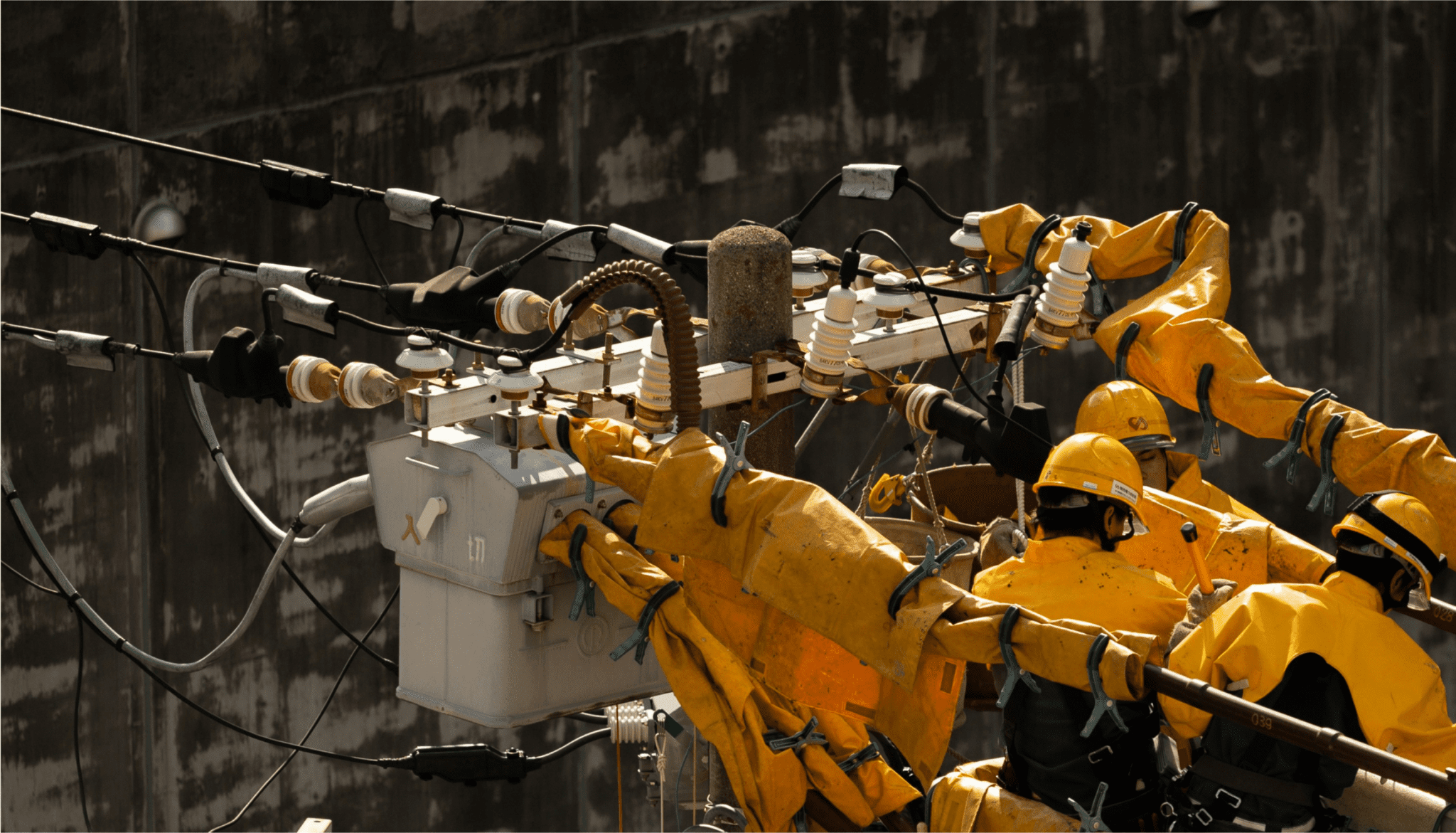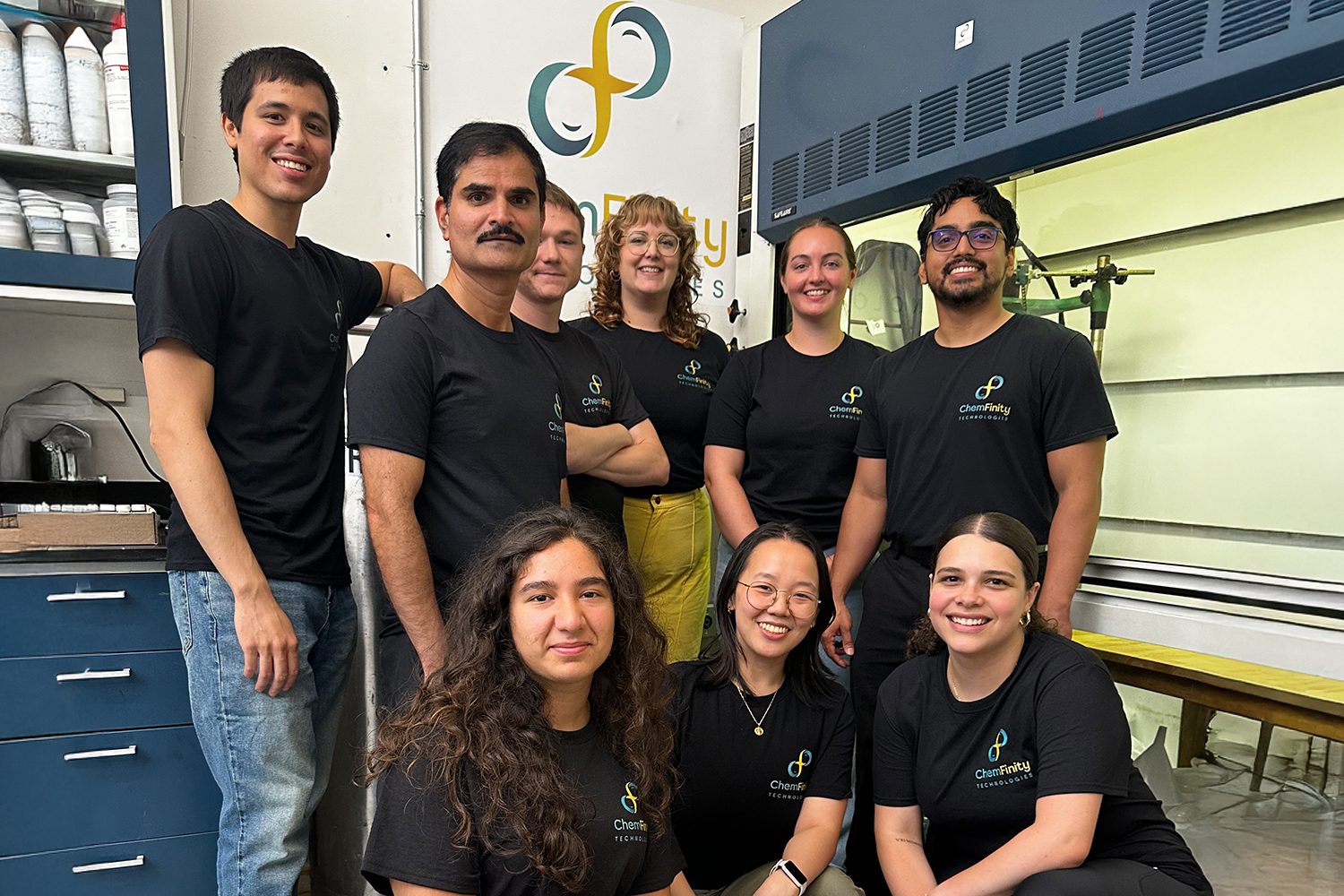Today, the Department of Energy (DOE) announced the first round of Direct Air Capture (DAC) hubs awards. The hubs can bring together multiple DAC companies within the same facility to access shared infrastructure so they can scale their technology faster and do it at a lower cost. Today’s announcement is the first part of the program’s successful implementation, with over twenty projects selected for various stages of awards. The broader DAC hubs program is a $3.5 billion effort created by the Bipartisan Infrastructure Law to establish regional DAC hubs over the next five years. Altogether, the program promises to accelerate the development of this critical climate technology while creating well-paid jobs in local communities.
Why Do We Need DAC?
To avoid the worst effects of climate change, job one is what we talk about the most: replacing fossil fuels with clean energy and reducing emissions as quickly and as deeply as possible – essentially transforming the global economy so it doesn’t emit any of the greenhouse gases that cause climate change. But that alone will not be sufficient to avoid the worst harms. Over the coming decades, we will also need to permanently remove gigatons of carbon dioxide that is currently in our air and our oceans to reach net zero by 2050. Even after net zero, the probability is very high that we will need to go “net negative” and draw down the excess, legacy carbon dioxide in our atmosphere. We are on track to overshoot the temperature goals set in the Paris Climate Agreement, and net-negative emissions are the only way to bring global temperatures back down.
There are several natural methods to remove carbon, like planting trees or more effectively managing soil and croplands. They’re valuable, but they cannot do it alone. We can and should plant trees, stop cutting down our rainforests, and manage our soils more effectively. These methods currently remove 30% of annual emissions and relatively inexpensively. Yet, they have their limits, and given the size of the challenge, we need all the tools in the tool kit. For instance, there are land use concerns for how these methods can be deployed, not to mention the fact that trees can burn and soils can be disrupted from natural phenomenon like tornadoes, and then all the removed carbon very literally goes up in smoke and back into the atmosphere.
We have a technology that’s a critical complement and can safely and reliably remove and store carbon for thousands of years: Direct Air Capture. DAC is a type of carbon removal technology that removes legacy carbon dioxide directly from the atmosphere and sends it deep underground for safe storage. The carbon dioxide removed with direct air capture is stored permanently, and poetically, in the same location from which it came. Importantly, it is measurable, verifiable, and reportable, which is the gold standard that any carbon removal method should strive for. Although the technology to remove carbon dioxide from the air is relatively new, storing it has been a routine part of our energy industry for decades, during which millions of tons of carbon dioxide have already been stored underground with zero major leaks or safety issues. Simply put, carbon dioxide storage is safe and proven.
Despite the promise and potential of DAC, there is only one commercial-scale facility in operation in the world, largely due to cost. This is why the DAC Hubs program is incredibly exciting. As the single largest investment in the history of DAC, this hubs program will help companies drive down the technology’s cost and capitalize on decades of experience storing and moving carbon. Additionally, these hubs will bring jobs to communities across the United States and position the US to be the global leader in both the development and deployment of carbon removal technologies.
All that said, it’s important to make one point about how DAC fits in, which we alluded to at the top: DAC, and carbon removal broadly, is not an excuse to keep polluting. We cannot remove the same volumes of carbon dioxide that result from burning fossil fuels. So, it’s critical that the technology is not used as a cudgel for a transition to net zero, or as an excuse to delay action to cut emissions. We must reduce emissions and the use of fossil fuels across the economy as quickly as possible, and only if we do that successfully will DAC be helpful for our climate goals.
Another important benefit is the jobs DAC provides as we transition to a clean economy. In that transition, we must ensure that the workers and communities who powered our economy – and as a result helped provide our high quality of living – are not left behind. That’s where DAC becomes an especially unique opportunity: it provides another career path for many in the fossil fuel industry because many of the technical and operational skills for extracting carbon from underground are directly applicable to putting that carbon back. DAC machines will be housed in industrial-sized facilities and at scale, the industry could employ hundreds of thousands across the United States in high-wage fields like construction, engineering, and equipment manufacturing. Ultimately, this is a technology whose economic benefits to communities are worth celebrating just as much as its global climate benefits are.
DAC Opportunities Ahead
This DAC hubs announcement comes at a crucial moment for the world. We need rapid, deep decarbonization around the globe and across every sector alongside the deployment of carbon dioxide removal technologies like direct air capture, and the DAC Hubs program signals a new seriousness in the US about the importance of doing both.
A similar dynamic is playing out on the global stage around carbon management broadly. At COP28 this December, nations will come together for the first “Global Stocktake” to assess collective progress toward the goals of the Paris Agreement and the opportunities to accelerate climate action. Carbon management and direct air capture should be considered one of the many tools needed to achieve global climate goals, and it should be recognized that investment in carbon management is NOT a substitute for transitioning the energy sector away from fossil fuels. Like with DAC in the US, the world must choose both: drastically reducing fossil fuel use and pursuing carbon management. While achieving a global political consensus about carbon management is a tall order, it would be a mistake to ignore the importance of carbon management in achieving our collective climate goals.
The world will be watching COP for leadership to address how we can get back on the track laid out in the Paris Agreement. The US’s new investments in DAC position the country as the global leader in carbon removal and demonstrate to fellow countries that removing legacy emissions is possible within their borders, too.
Photo credit: Third Way







